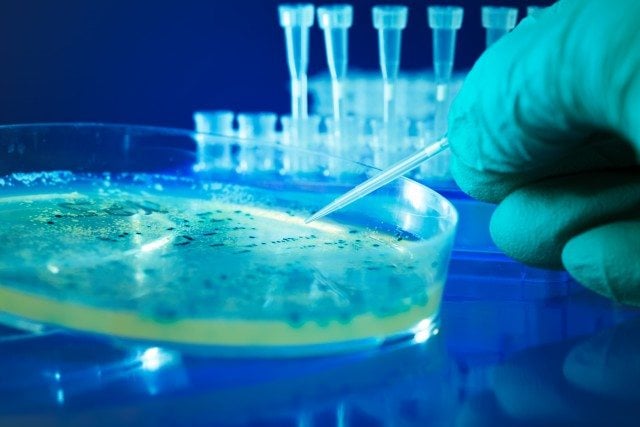Academic laboratories see a higher number of occupational injuries and illnesses than other laboratories and research facilities
This is primarily due to inexperienced handling of laboratory equipment by researchers, students and technicians as well as selection of protective gear that is not hazard specific.
Not only does improper selection of personal protective equipment (PPE) expose the wearer to risks, it also causes discomfort thereby lowering compliance.
However, this scenario is expected to change as a steady increase in financial liability associated with laboratory-related accidents has prompted greater emphasis on laboratory safety and stricter compliance in schools and universities.
High-volume usage of disposable PPE has spawned waste disposal issues, which, in turn, fuels demand for sustainable or green products.
New analysis from Frost & Sullivan, Personal Protective Equipment (PPE) Outlook for the North American and Western European Labs and Research Facilities, finds strong growth opportunities for PPE in laboratories and research facilities, driven by improving compliance rates, stricter regulations, and a growing number of end users.
Currently, limited product differentiation has commoditized the PPE market, especially in the segments of disposable gloves, coveralls, face masks, particulate respirators, and protective clothing.
Rising imports from low-cost Asian markets also increase price pressure on these products.
This poses a substantial threat to market revenues as academic laboratories in universities and schools – the primary users of these products – are price sensitive.
Another factor affecting manufacturers’ margins is the influence wielded by specialty distributors.
Nearly all PPE for laboratories and research facilities is sold through specialty distributors that directly source from Asian manufacturers and sell PPE as private label products.
In this scenario, it is vital to establish manufacturer-distributor partnerships.
“To stay competitive, manufacturers of laboratory-related PPE have been expanding their product lines to target other related sectors such as medical healthcare,” said Chemicals, Materials & Food Research analyst Shray Sharma.
“This is a strategic move as there is a noticeable rise in the number of researchers and technicians engaged in scientific research and development in medical and diagnostic laboratories due to bigger budgets.”
Product line differentiation, expansion and innovation are assuming increasing significance as a sizeable percent of market revenue for PPE used in laboratories and research facilities is generated by disposable products.
However, the high-volume usage of disposable PPE has spawned waste disposal issues, which, in turn, fuels demand for sustainable or green products.
This demand is particularly strong in medical and diagnostic laboratories.
“PPE manufacturers have an opportunity to innovate and introduce green PPE solutions for their market, particularly for the disposable glove and coverall segment,” noted Sharma.
“Constant innovations in product design and technical specifications for improved comfort can lead to enhanced compliance, usage, and replacement rates of PPE.”










